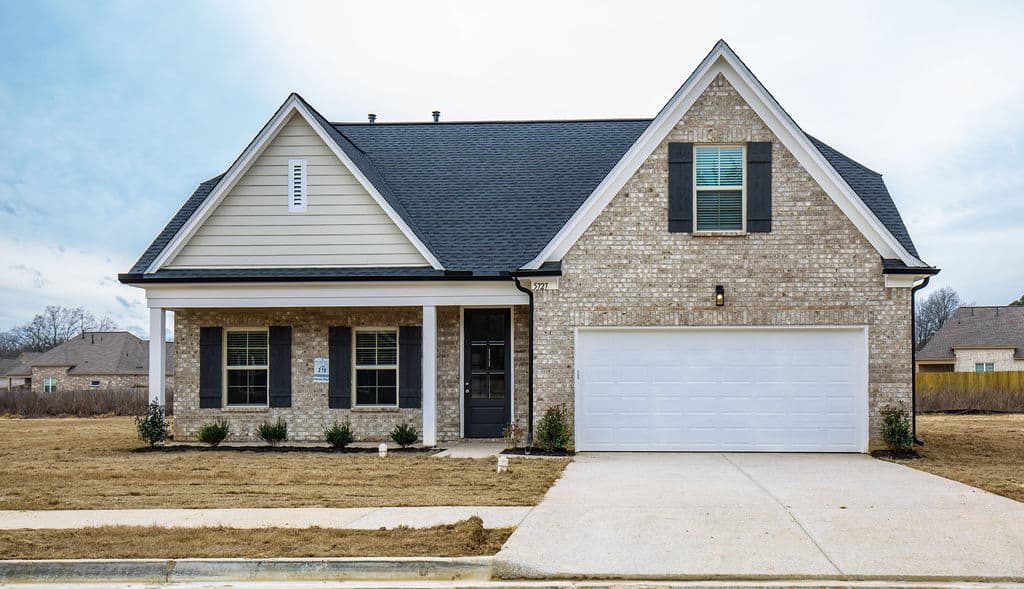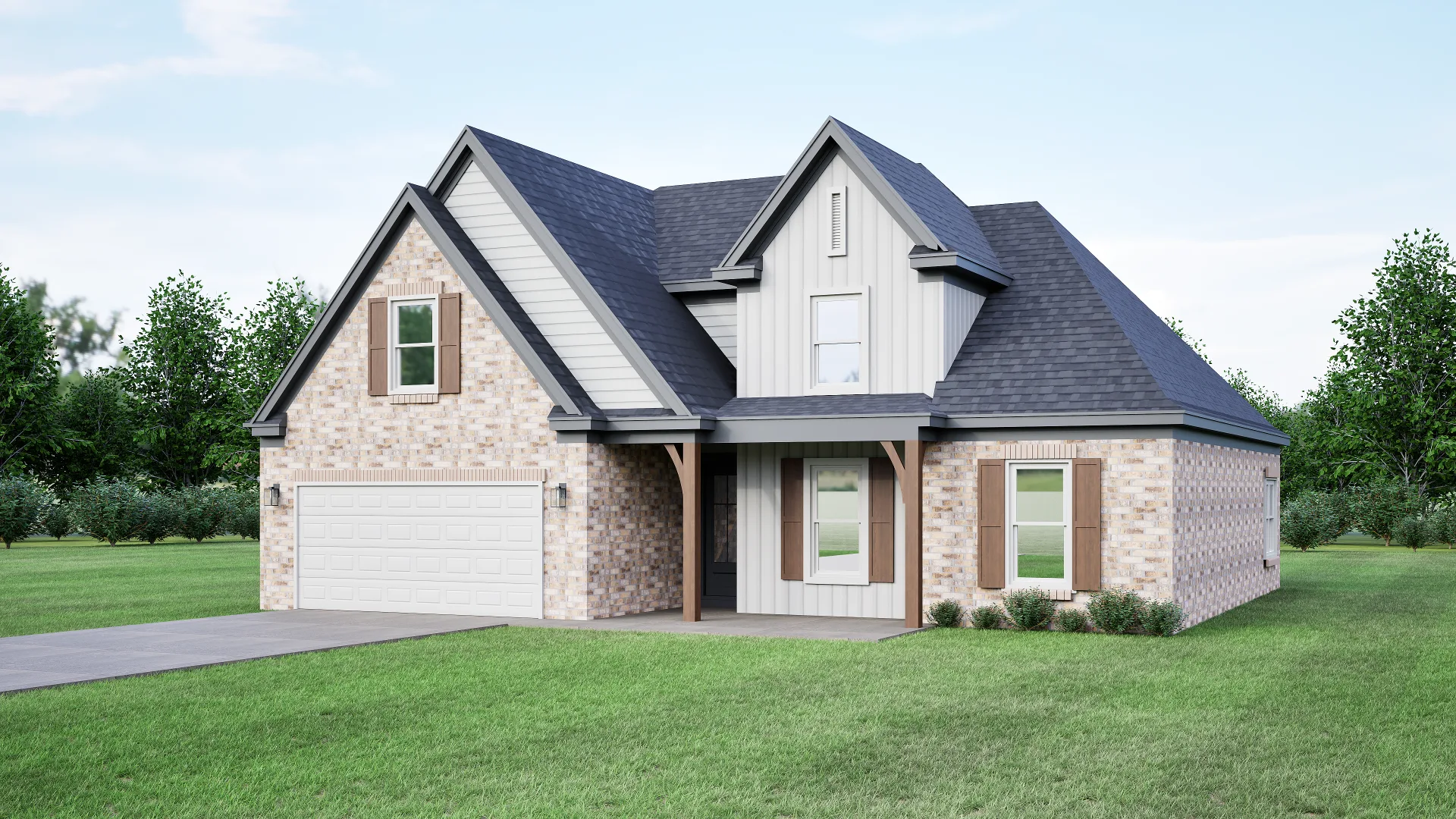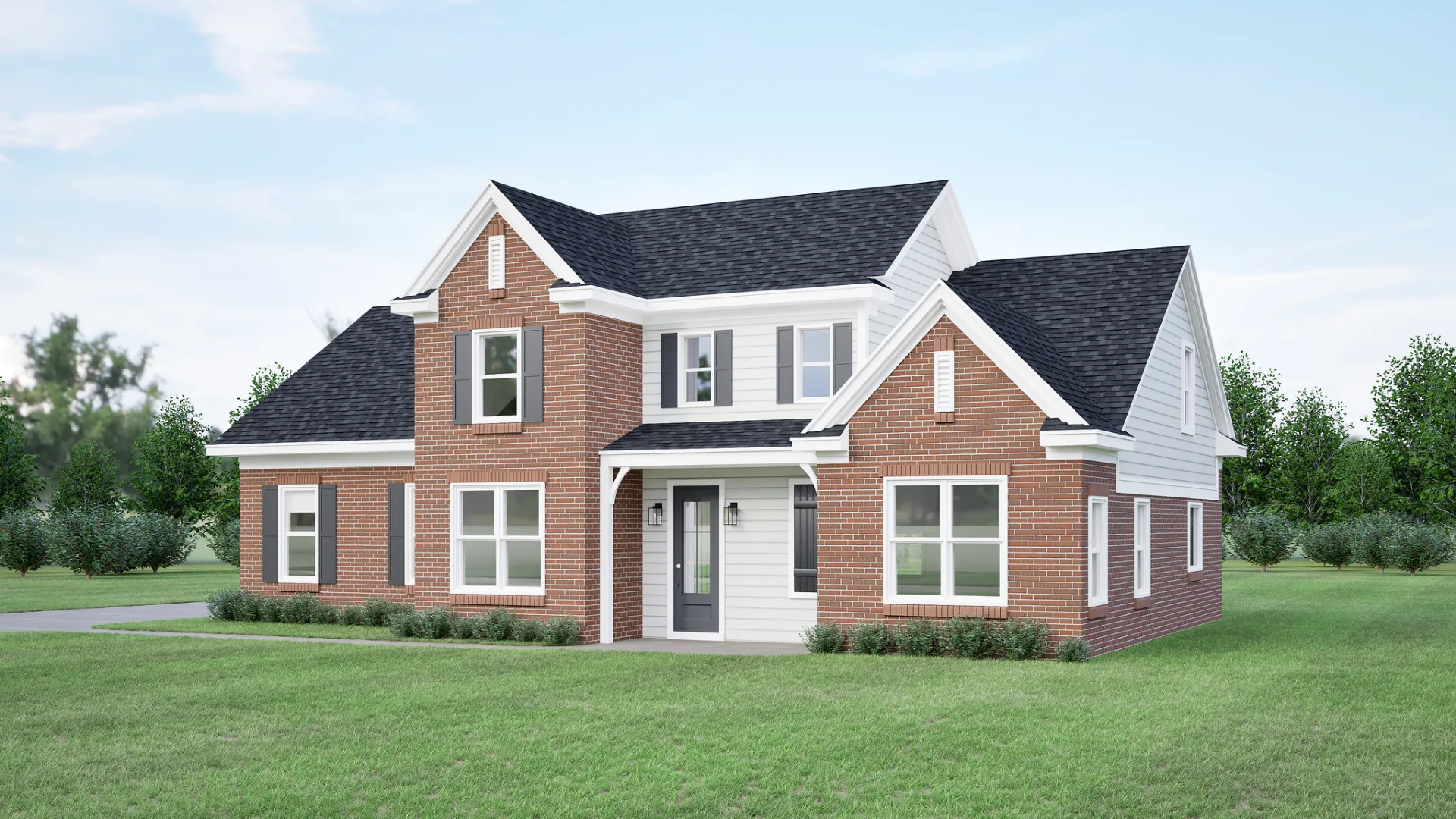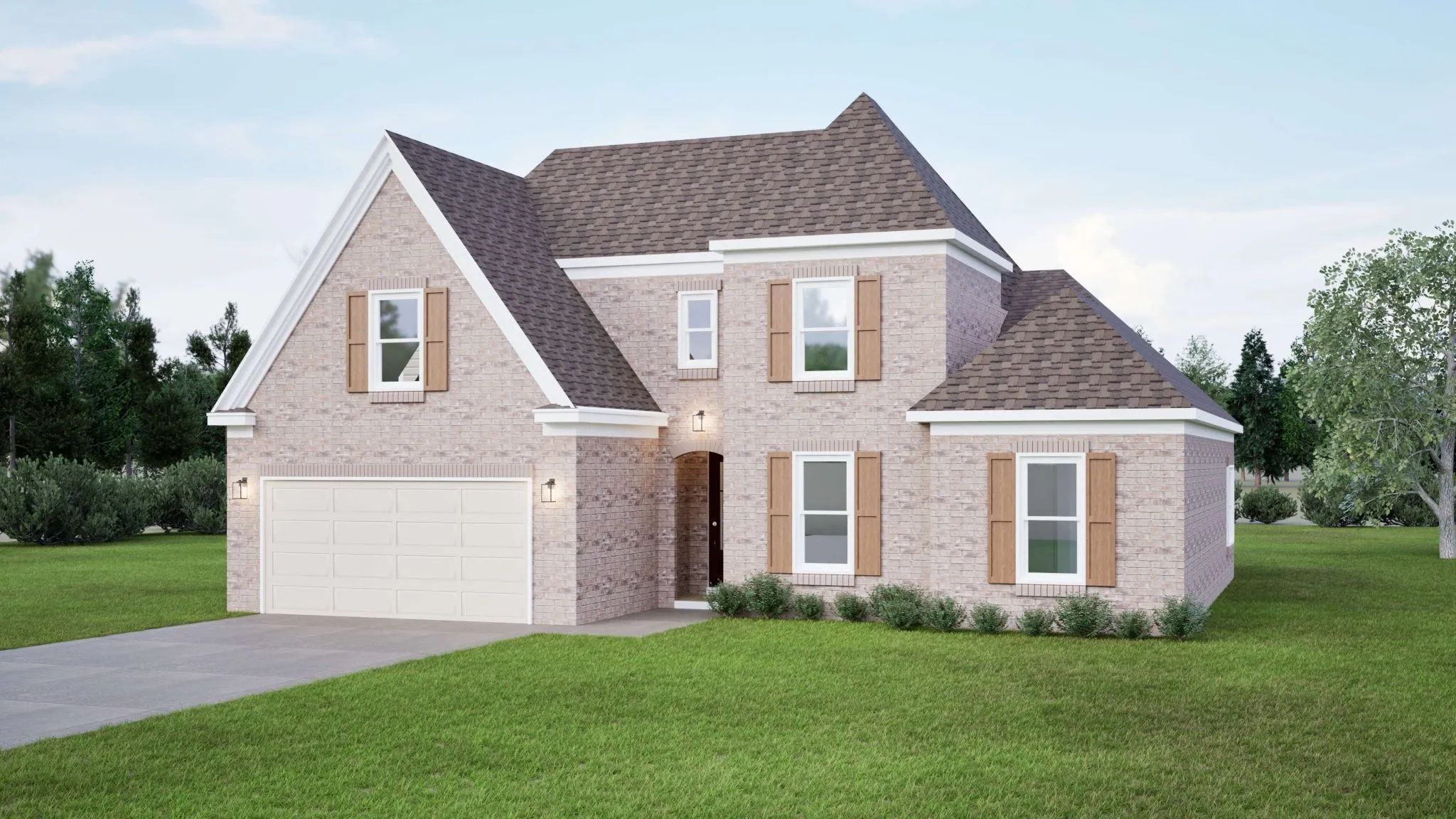It’s Time to Reconsider the Adjustable-Rate Mortgage
The mere mention of an adjustable-rate mortgage (ARM) is often met with a stern, “No Way!” People remember what happened during the financial crisis of the mid-2000s and remain leery. Yet given current rates on conventional, fixed-rate loans, maybe it’s time for investors to reconsider ARMs to lock in better rates.
ARMs are loan products with interest rates that are set for an initial period, typically 5, 7, or 10 years. After the initial period, the rate adjusts based on market conditions depending on the terms laid out. For example, a 5-1 ARM will have a fixed rate for the first five years before adjusting annually for the duration of the loan. A 5-5 ARM, will have a fixed rate for the first five years and then adjust every five years for the duration of the loan. If you’ve seen advertisements for mortgages, you know that these products tend to offer lower rates than conventional, 30-year fixed loan products and often come with no prepayment penalty.
For investment purchases, ARMs offer many benefits:
- At the pre-qualification stage, a lower initial interest rate allows the borrower to qualify for a larger mortgage. It increases purchasing power.
- A lower rate reduces the borrower’s monthly payment.
- During the loan’s term, if the interest rate drops, the borrower may refinance into a more advantageous product – whether that be a fixed-rate mortgage or another ARM – and realize better returns.
Investors looking to maximize monthly cash flow may wish to consider an interest-only ARM. Such loans allow the borrower to pay only the loan’s interest each month. While the principal will not go down, these products may enable investors to pocket hundreds of additional dollars each month that would otherwise go toward the principal.
Of course, ARMs are not without risk, and investors must consider their time horizon and risk tolerance when evaluating these products. If an investor plans to hold a property long term, and rates climb, his or her monthly debt service will increase when the loan’s rate resets at 5, 7, or 10 years (and subsequently), impeding cash flow. Refinancing to secure a better rate will also require effort on the borrower’s part in addition to the associated costs. And let’s not forget that while rents typically do go up, there are no guarantees. While it’s unlikely based on historical data, the market could experience a temporary downturn, and rents could fall, widening the gap between income and expenses.
In the end, what a fixed-rate mortgage provides is certainty, the same payment for a set period. An ARM, on the other hand, provides opportunity – a lower monthly payment initially with the possibility of an even lower rate in the future. During these times of rate volatility, investors would do well to look at all financing options. Those who believe that mortgage rates will most likely go down at some point during the next 5, 7, or 10 years, may want to reconsider what makes an ARM such an attractive option.
Please Share This Article
If you enjoyed this article, please share it. We appreciate your support and referrals.
Talk To The Author
Brian Conlon is the Director of Business Development at Meridian Pacific Properties. With years of experience in real estate investing and turnkey property management, Brian specializes in helping investors optimize cash flow, plan for long-term property performance, and navigate the complexities of real estate investing.
Schedule a consultation with Brian to learn more about investing in SFR investment properties.






